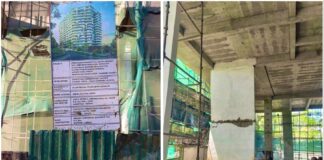Known for its dairy farms, ski resorts, and vibrant fields of lavender, the northern island of Hokkaido is the unlikely setting for Japan’s most ambitious industrial project in a generation. The goal: to transform this agricultural powerhouse into a global hub for advanced semiconductors, dubbed “Hokkaido Valley.”
The plan centers on Rapidus, a state-backed company funded by the government and corporate giants like Toyota and Sony. With a $12 billion government investment, Rapidus is building a massive semiconductor factory in the city of Chitose. The location was chosen for its stable water and power supply, lower earthquake risk, and natural beauty—the factory will even be grass-covered to blend into the landscape.
The project recently hit a critical milestone. Using cutting-edge machinery from Dutch firm ASML, Rapidus successfully produced a prototype of a 2-nanometre (2nm) chip, a feat only achieved by industry leaders TSMC and Samsung. CEO Atsuyoshi Koike credits a partnership with IBM for this breakthrough and claims the company is on track for mass production by 2027.
However, scepticism remains. Analysts point to immense challenges: the estimated $31.8 billion cost for mass production is not yet fully funded, and Rapidus lacks experience in high-volume manufacturing. Furthermore, breaking into a market dominated by established players with long-term client relationships will be difficult.
This gamble is part of a broader national push. Between 2020 and 2024, Japan committed $27 billion to its chip industry—a larger share of its GDP than the US allocated in its CHIPS Act. This represents a dramatic reversal after decades of decline; Japan’s share of global semiconductor production has fallen from over 50% forty years ago to just about 10% today.
For Hokkaido, the stakes are high. The island has long lacked diverse industries beyond agriculture and tourism. If Japan succeeds, it will not only reclaim a place in the global tech race but also fundamentally reshape the economic future of its northern frontier.
By James Kisoo



















